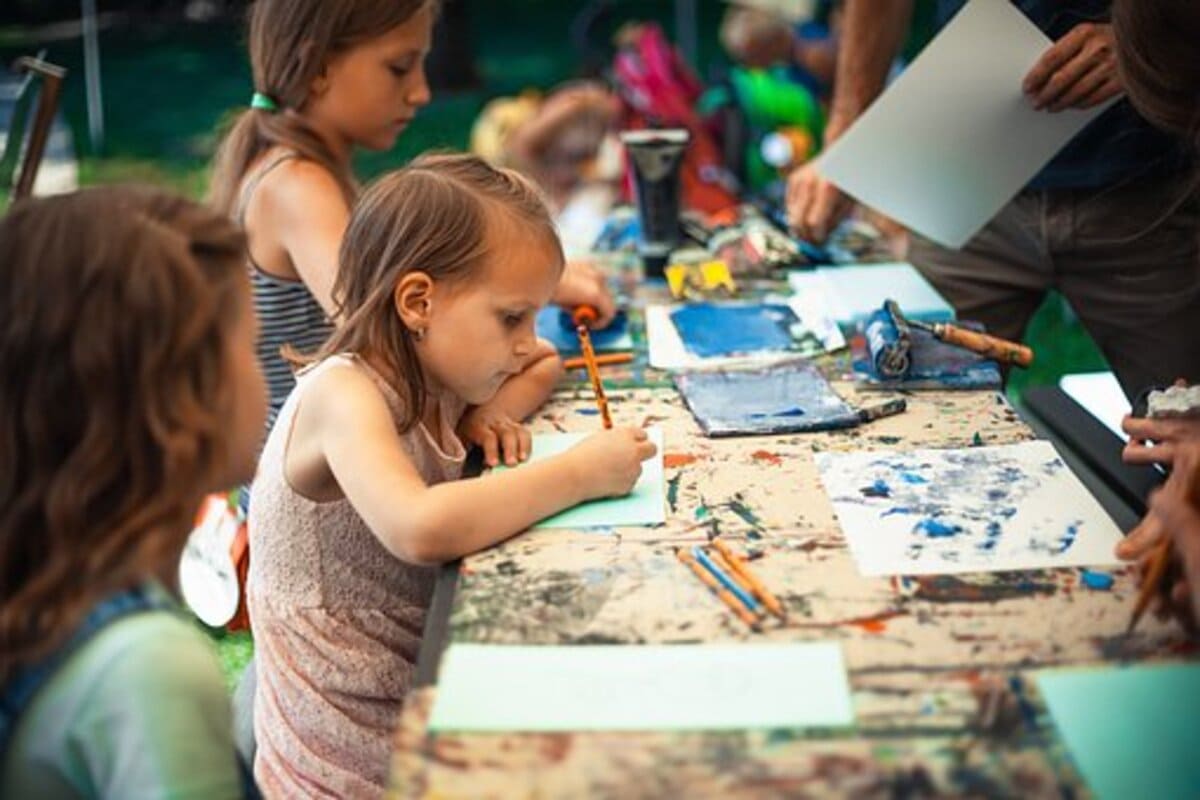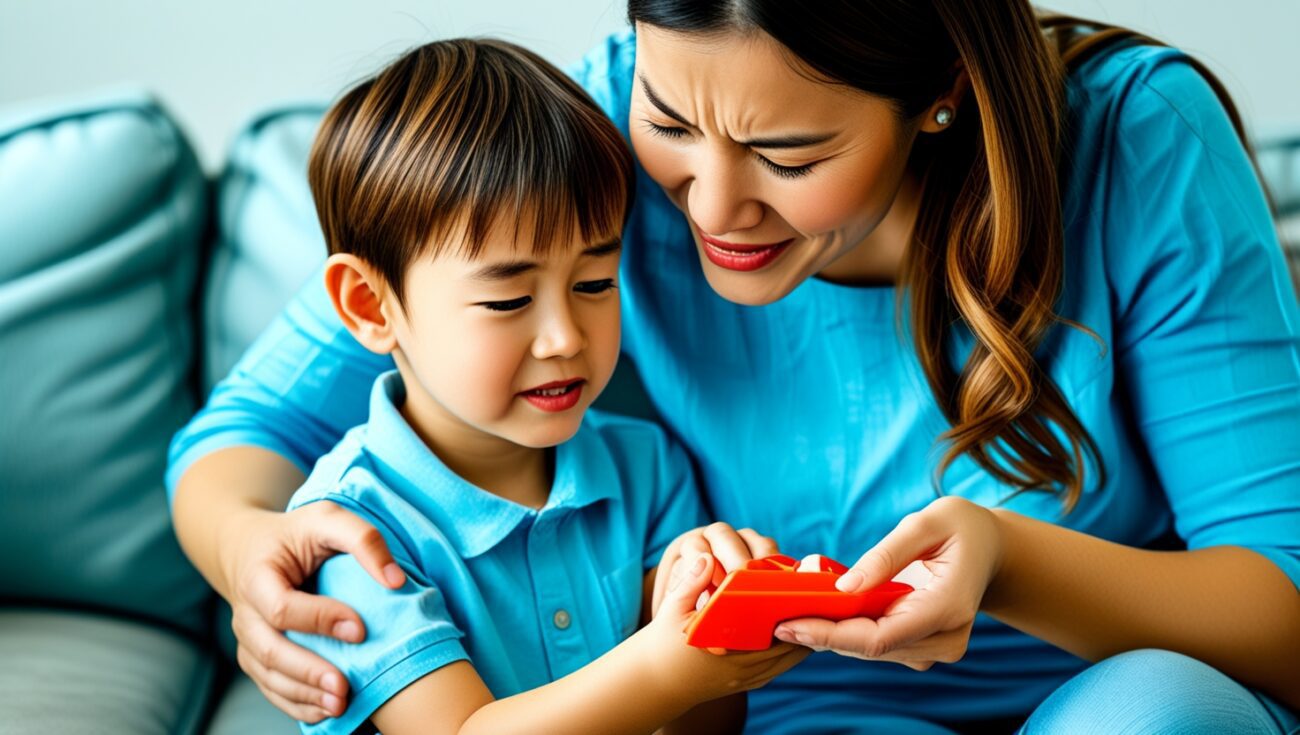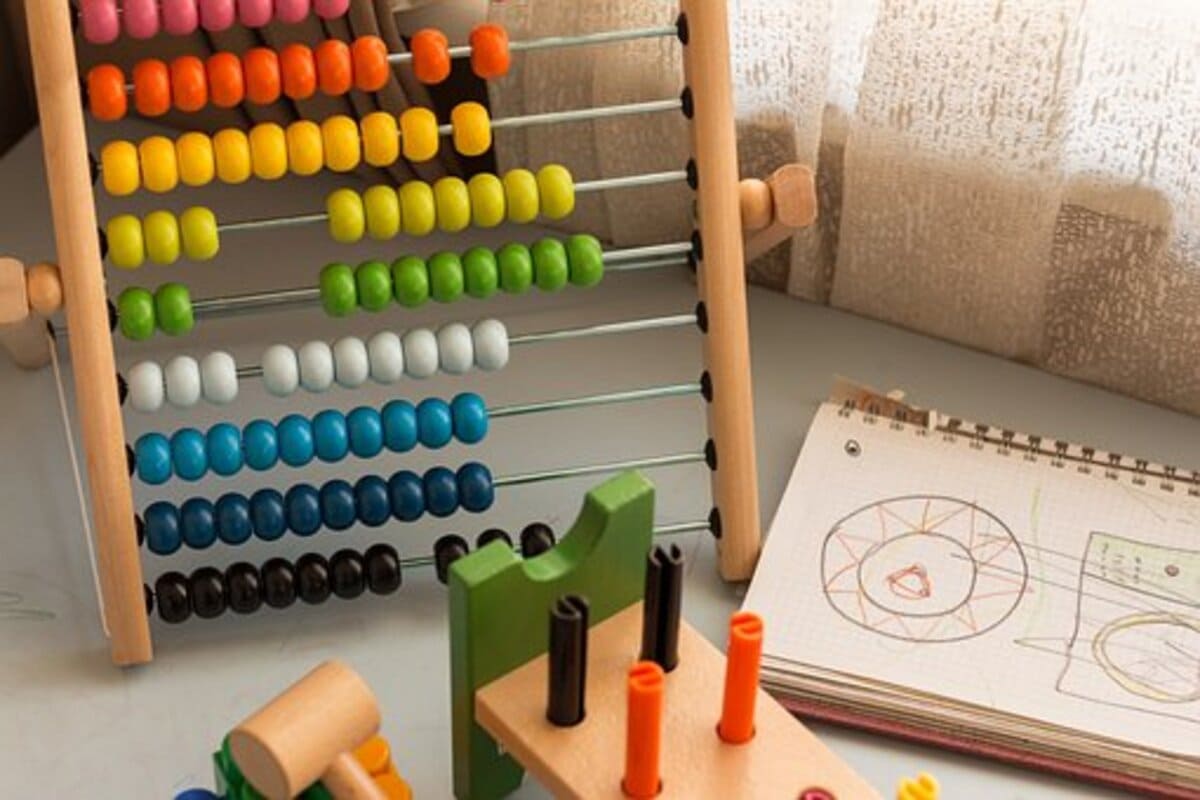Blog
Art’s Impact on Child Development: Unleashing Creativity and Skills

In today’s fast-paced world, where technological advancements dominate every aspect of our lives, nurturing a child’s creativity and imagination has never been more crucial. Engaging in art activities not only provides children with an avenue for self-expression but also plays a pivotal role in their overall development. Let’s explore how art impacts child development across various domains.
Enhancing Fine Motor Skills:
Engaging in drawing, painting, and sculpting activities helps children refine their fine motor skills. As they manipulate art materials, such as paintbrushes and clay, they develop dexterity and hand-eye coordination, which are essential for tasks like writing and using utensils.
Boosting Cognitive Abilities:
Art stimulates a child’s brain in numerous ways. The process of creating art encourages critical thinking, problem-solving, and decision-making skills. Additionally, exploring colors, shapes, and patterns enhances a child’s spatial intelligence, fostering a better understanding of the world around them.
Cultivating Creativity and Imagination:
Art provides children with the freedom to think beyond boundaries and imagine limitless possibilities. When given the opportunity to create, they develop a creative mindset that can be applied across various disciplines throughout their lives.
Fostering Emotional Expression:
Art serves as a medium for children to express their feelings and thoughts in a safe and non-judgmental manner. This emotional release can be particularly beneficial for children dealing with stress, anxiety, or trauma.
Building Self-Confidence:
Witnessing their artistic creations take shape boosts children’s self-esteem and confidence. Artistic achievements, whether big or small, contribute to a sense of accomplishment and encourage children to embrace new challenges.
Developing Communication Skills:
Art offers an alternative form of communication, especially for introverted or shy children. Through their artwork, they can express themselves and share their experiences, leading to improved social interactions.
Encouraging Focus and Concentration:
Engaging in art requires children to focus and concentrate on the task at hand. As they immerse themselves in their creative endeavors, they learn to pay attention to detail and stay committed to completing their projects.
Promoting Cultural Understanding and Empathy:
Art provides children with opportunities to explore different cultures, traditions, and perspectives. This exposure fosters empathy and open-mindedness, leading to a more inclusive worldview.
Nurturing Patience and Perseverance:
Artistic endeavors often require time and patience. As children work through their creations, they learn to embrace mistakes, persevere through challenges, and find solutions—a valuable life lesson for resilience.
Integrating Multiple Subjects:
Art has the unique ability to bridge various subjects. When children create art inspired by literature, history, or science, it helps reinforce their understanding of those topics, making learning more engaging and memorable.
In conclusion, art’s impact on child development extends far beyond aesthetics and creative expression. By engaging in artistic activities, children not only enhance their fine motor skills and cognitive abilities but also cultivate creativity, emotional intelligence, and resilience. Parents, educators, and caregivers play a crucial role in fostering a creative environment where children can freely explore their artistic potential. Through art, we empower the next generation with essential life skills that will serve them well throughout their lives.
References
- Winner, E. (2006). GIFTED CHILDREN: Myths and Realities. The Yale Review of Undergraduate Research in Psychology, 1(1), 50-54.
- Beeghly, S. (2014). Encouraging Creativity in Early Childhood Classrooms. Dimensions of Early Childhood, 42(3), 11-16.
- Bradshaw, R. (2017). The Power of Art in Early Childhood Education. Early Childhood Education Journal, 45(6), 775-782.
- Malchiodi, C. A. (2012). The art therapy sourcebook. McGraw-Hill Education.
- Burton, N. (2014). The Importance of Art in Child Development. PsycEXTRA Dataset.
- Milbrandt, M. K., & Gardner, H. (2010). Art Education and Human Development. In The Cambridge Handbook of Creativity (pp. 389-404). Cambridge University Press.















